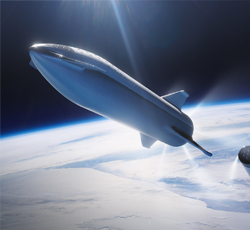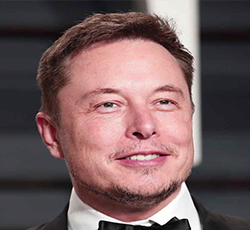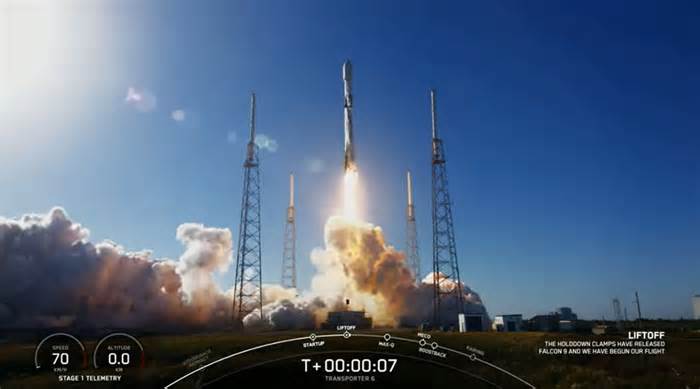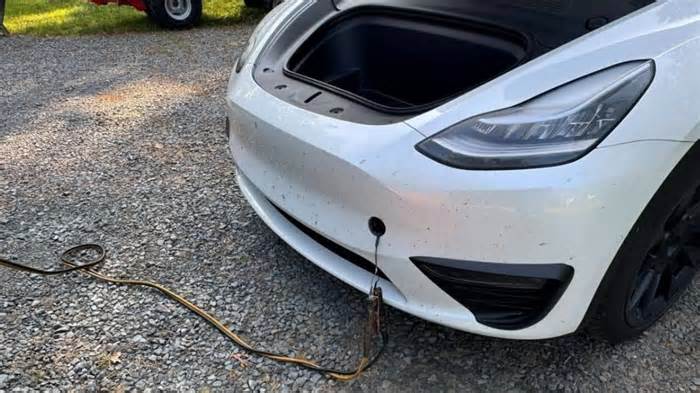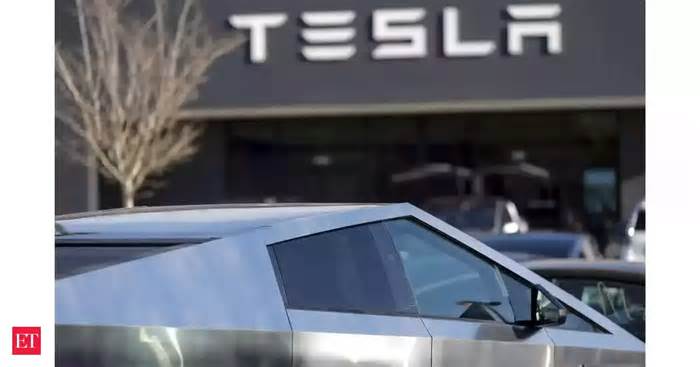
Are batteries based on contact lenses the future of energy storage?
- by New Scientist
- Jul 14, 2025
- 0 Comments
- 0 Likes Flag 0 Of 5
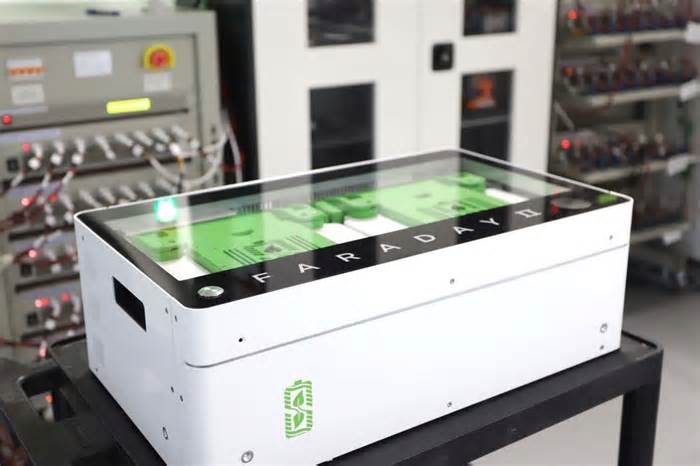
Superdielectrics
A new battery storage system built using supercapacitor technology could “leapfrog” lithium-ion batteries and revolutionise how renewable power is stored and deployed, say its inventors.
UK firm Superdielectrics unveiled its new prototype storage system, the Faraday 2, at an event in central London on 8 July. It features polymers developed for manufacturing contact lenses, and while less energy dense than lithium-ion batteries, the firm says it has other advantages including a faster charging time, better safety standards, low cost and a recyclable design.
Read more Sign up to newsletter
The company’s system features zinc halide electrolytes separated from carbon electrodes by a polymer membrane. Superdielectrics says this membrane technology is low-cost and uses abundant and widely available raw materials, and it can unlock a new generation of supercapacitors with high energy storage potential.
Speaking to New Scientist at the event, the firm’s CEO Jim Heathcote said the technology has the potential to “leapfrog” lithium-ion batteries in renewable energy storage.
The Faraday 2 battery is an advance on the Faraday 1 prototype, launched last year. Superdielectrics says it has managed to double the energy density at a cell level, from 20 watt-hours per kilogram in the Faraday 1 to 40 Wh/kg in the Faraday 2, and halved the charging time. The fast charging allows the system to take advantage of short-lived upticks in renewable energy production, says Heathcote, storing the surplus power for later use.
But Gareth Hinds at the UK’s National Physical Laboratory says the technology is still well short of lithium-ion devices, which can offer energy densities around 300 Wh/kg at a cell level. Andrew Abbott at the University of Leicester, UK, adds that the current energy density achieved by Superdielectrics is comparable with lead-acid batteries, which are widely used for starting cars and in back-up power systems. “It is certainly not going to leapfrog any of the market leaders in the foreseeable future,” he says.
Read more
Please first to comment
Related Post
Stay Connected
Tweets by elonmuskTo get the latest tweets please make sure you are logged in on X on this browser.






 Energy
Energy